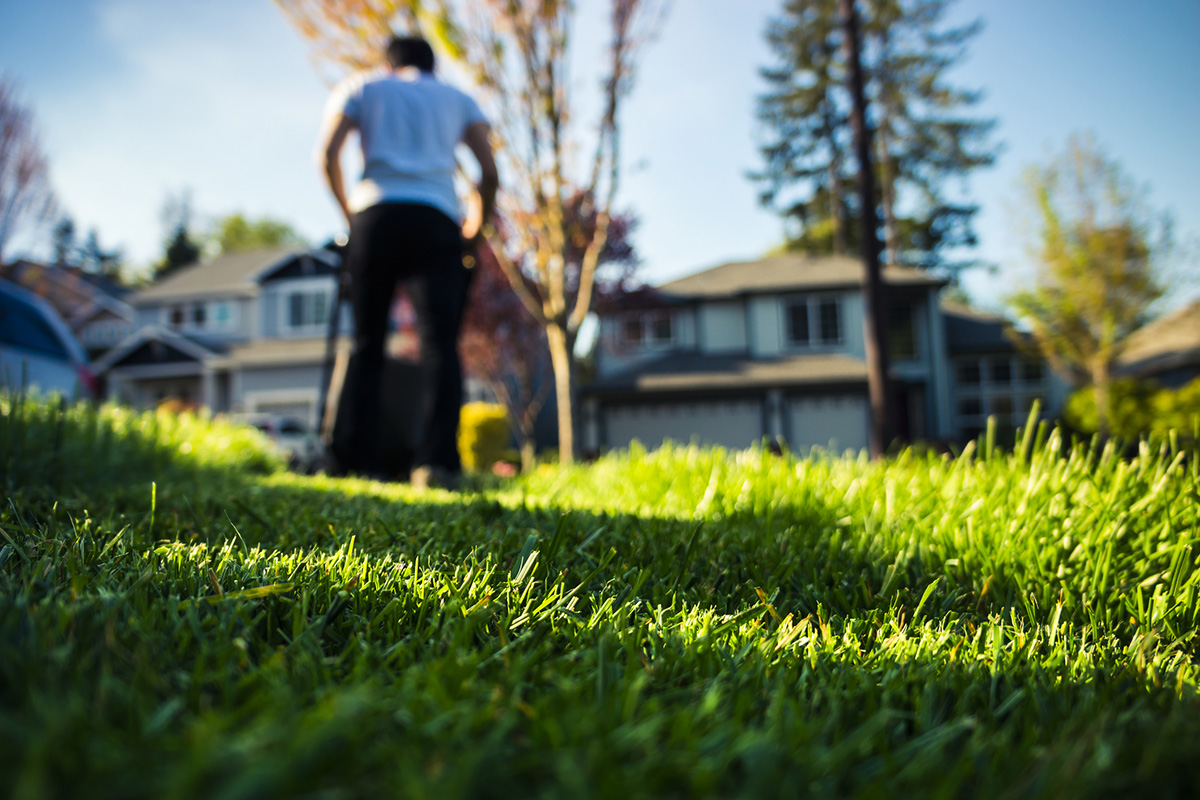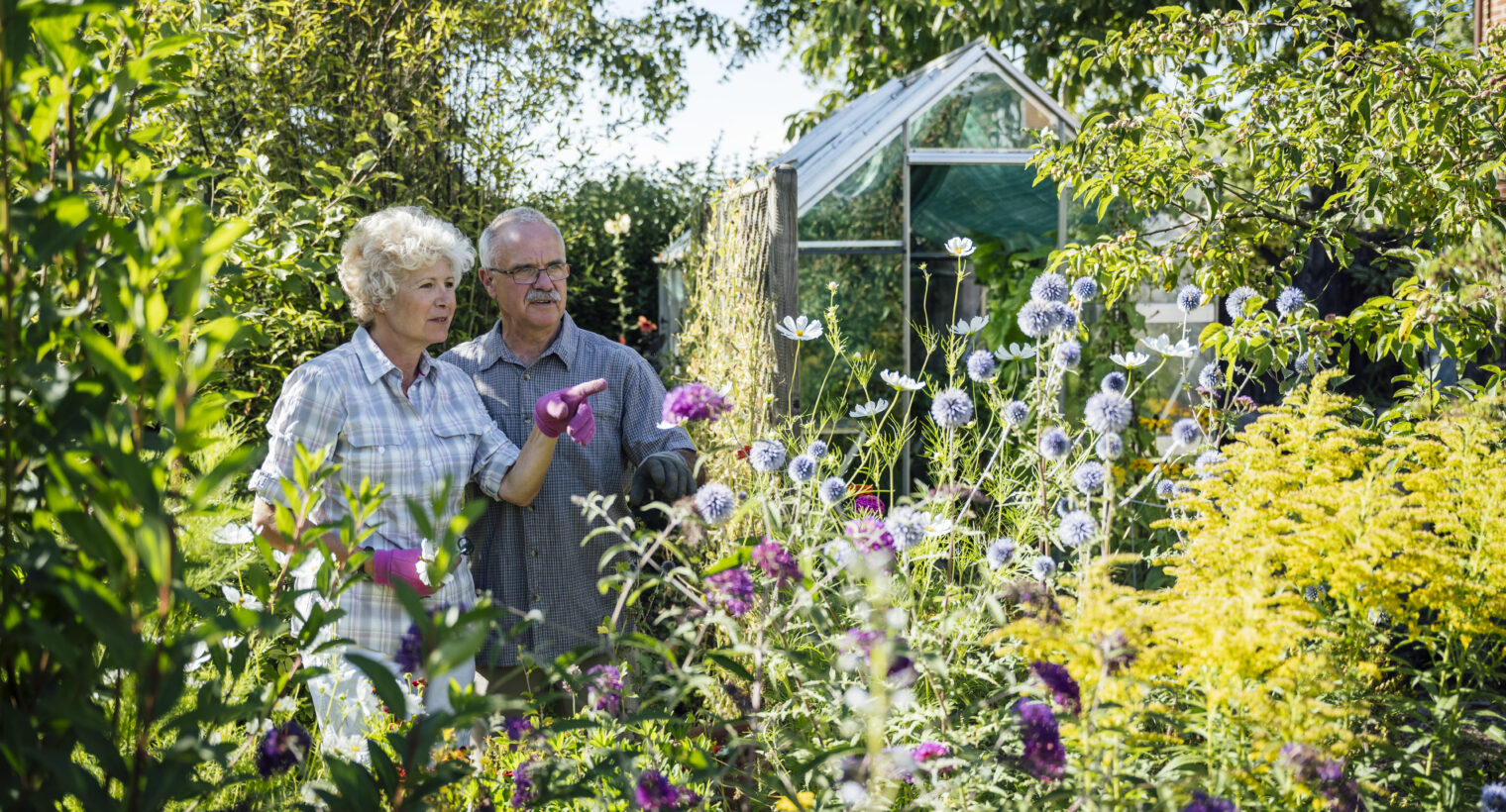By Sally Cunningham
_________________________________
In our March post, we covered learning opportunities, planning, and pruning. If you didn’t get certain pruning done, review that post. (Remember, don’t prune early flowering shrubs (lilacs for example) until after they have flowered. And consider that many shrubs and trees almost never need pruning. What is called “clipping” or “flat-topping” are often not desirable routines.)
Be an informed observer
This traditional Chinese proverb is often quoted, and phrased similarly in other cultures:
“The best fertilizer is the gardener’s shadow.”
Undoubtedly, walking around your yard regularly to look at the plants—from turf to trees—will greatly increase the likelihood that you will spot problems early and become familiar with the ever-changing natural patterns. Many mistakes happen because a homeowner simply doesn’t know what is normal at this time of year. Do not be coerced into fertilizing or spraying products just because TV and magazine adds promote them.
Things to watch for:
- What is dead or alive? What plants take a long time to leaf-out or show color or sprout from the soil? Many plants are tragically dug up or cut down because somebody thinks they died. That could include some black locust trees, balloon flowers, hardy hibiscus, butterfly plants, and butterfly weeds. In most cases, take time before you give up on anything.
- What insects, sometimes judged as pests, are truly helpful or may be just passing through? Most insects are beneficial or just incidental travelers. Some are good and necessary food for birds, fish, or amphibians. Others are just annoying or short-term problems. Notice insects and what they are actually doing. Many “good guys” are blamed for damage and sprayed (with products that are often used wrong) when they were actually the cavalry showing up to eat aphids or leaf-eating caterpillars. Give natural processes time.
- What pollinators or birds are enjoying which plants? This may provide a clue to future choices—plants you want to add to the yard. We can make such a positive difference in the eco-systems around us if we provide native plants especially, as they are the food source or nesting/hiding places for birds and woodland animals.
- What plant “damage” (holes in the leaves early in the season) is a good and natural thing—nothing to worry about and certainly not to spray. Remember that every butterfly has a caterpillar stage, when it must eat leaves. Oak trees, willow trees, elderberries, and many shrubs should have holes in the leaves: they will still look great while doing their jobs.
- What are deer and rabbits eating already? This observation will help you decide what is worth fencing, covering, or replacing with other plants. If these animals are common around you (with very little natural habitat left for them), then next fall you can plant more daffodils (narcissus), alliums, camassia, and fritillarias rather than tulips. You may give up on the chewed arborvitae and yews, and instead plant Japanese Pieris, inkberry (Ilex glabra), junipers, among others. If the animals eat all your daylilies and hostas just when they poke up, use other perennials (hellebores, Russian sage, lavender, lamium, monarda, many more.) Good lists are available from land-grant universities such as Cornell and Penn State—contact your Cooperative Extension office (716-652-5400) and Master Gardeners. Then remember that if they are desperate, animals will still browse on some plants they normally don’t prefer.
- What aggressive weeds do you see? It is early to walk on the soil in most gardens, because soil compaction is seriously damaging to its structure and to plant roots in the soil. But it is not too soon to work from your garden path or from standing on boards, as you pull or dig those you can reach. Or block whole patches of weeds with cardboard, thick newspaper, or heavy black plastic. As you see small weed seedlings appear, use a hoe (ideally a scuffle hoe) to unsettle them. In more cases the tiny seedlings will die—no need to pick them up.
- How are the yard and garden beds draining? If you have puddles, rivulets, or streams running across the property, you may need help from professionals to create better drainage. You may want to build raised beds in especially wet areas. Or you may choose to use the frequently moist areas to create a rain garden, and to plant moisture-loving (and moisture-requiring) plants such as willows, Rodgersias, Astilbe, and other bog or wetland plants.
- Notice the breakage. Especially after wind storms and before trees are showing their leaves, see what branches are cracked, hanging, crowded and rubbing together, or diseased looking. Removing damaged branches (with proper cuts—see Pruning articles) is important in order to let the plant grow healthy branches. Observe safety rules—no chain saws over your head or use while you stand on a ladder. Call professional arborists for large trees and shrubs..
- Fertilize selectively if at all. Organic gardeners continuously replenish the soil with compost, which is usually enough for productive plants. Some gardeners add selective organic fertilizers, including aged manure very early in the season. Experts advise fertilizing fruit plants in late winter, but if you did not, an early April dose of balanced fertilizer—according to the label—may improve your fruit crop.
- Your lawn: Read the advice of John Braddell of Lakeside Sod, about weed prevention, fertilizers, soil aeration, using compost, and proper seeding/sodding, and mowing.
_________________________________
Sally Cunningham is a horticulturist and former Master Gardener, through Cornell Cooperative Extension, and a CNLP (certified nursery/landscape professional) through the wNY Nursery and Landscape Association. She is author of Great Garden Companions (Rodale Books) on organic gardening, Buffalo-Style Gardens (St. Lynn’s Press), and has provided decades of garden writing through The Buffalo News. Buffalo Spree Magazine, and many Rodale Books and Yankee Publications.
_________________________________


